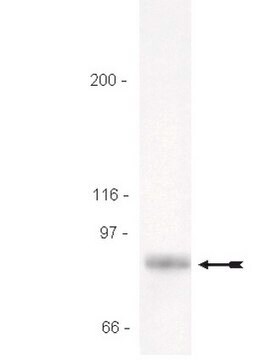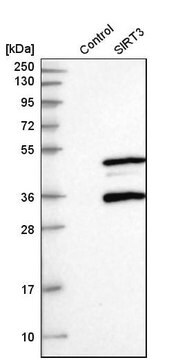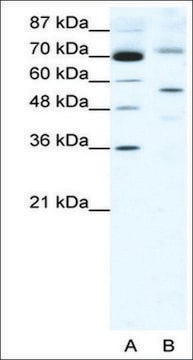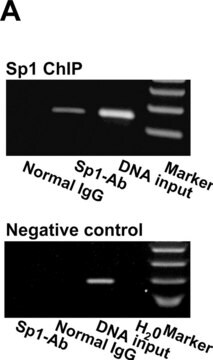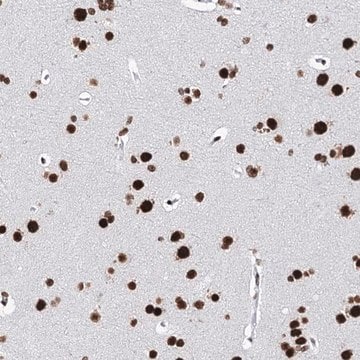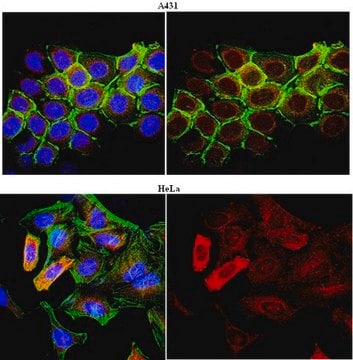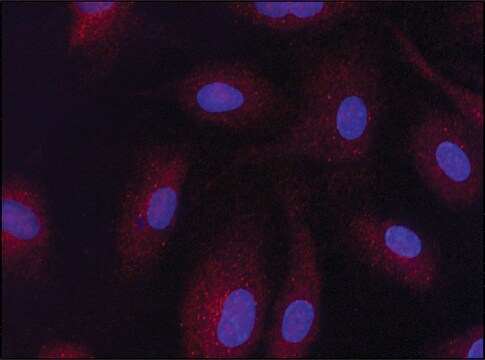07-1596
Anti-SIRT3 (CT) Antibody
from rabbit
Synonym(s):
SIR2-like protein 3 , mitochondrial nicotinamide adenine dinucleotide-dependent deacetylase, silent mating type information regulation 2, S.cerevisiae, homolog 3, sir2-like 3, sirtuin (silent mating type information regulation 2 homolog) 3 (S. cerevisiae
About This Item
Recommended Products
biological source
rabbit
antibody form
purified antibody
antibody product type
primary antibodies
clone
polyclonal
species reactivity
human, mouse
technique(s)
ELISA: suitable
immunohistochemistry: suitable
western blot: suitable
NCBI accession no.
UniProt accession no.
shipped in
wet ice
target post-translational modification
unmodified
Gene Information
human ... SIRT3(23410)
mouse ... Sirt3(64384)
General description
Specificity
Immunogen
Application
This antibody has been shown by an outside laboratory to be suitable for ELISA (1:1000).
Immunohistochemistry:
This antibody has been shown by an outside laboratory to be suitable for histochemistry using human hepatocarcinoma tissue (1:50 – 1:100).
Epigenetics & Nuclear Function
Histone Modifying Proteins
Quality
1:250 dilution of this antibody detected SIRT3 on 10 µg of C2C12 lysate.
Target description
Physical form
Storage and Stability
Analysis Note
C2C12 cell lysate
Other Notes
Disclaimer
Not finding the right product?
Try our Product Selector Tool.
Storage Class
10 - Combustible liquids
wgk_germany
WGK 2
flash_point_f
Not applicable
flash_point_c
Not applicable
Certificates of Analysis (COA)
Search for Certificates of Analysis (COA) by entering the products Lot/Batch Number. Lot and Batch Numbers can be found on a product’s label following the words ‘Lot’ or ‘Batch’.
Already Own This Product?
Find documentation for the products that you have recently purchased in the Document Library.
Our team of scientists has experience in all areas of research including Life Science, Material Science, Chemical Synthesis, Chromatography, Analytical and many others.
Contact Technical Service